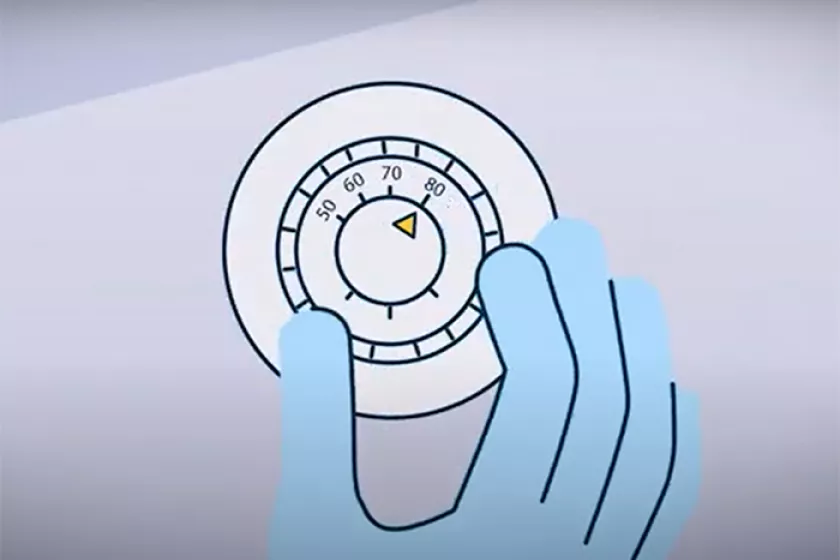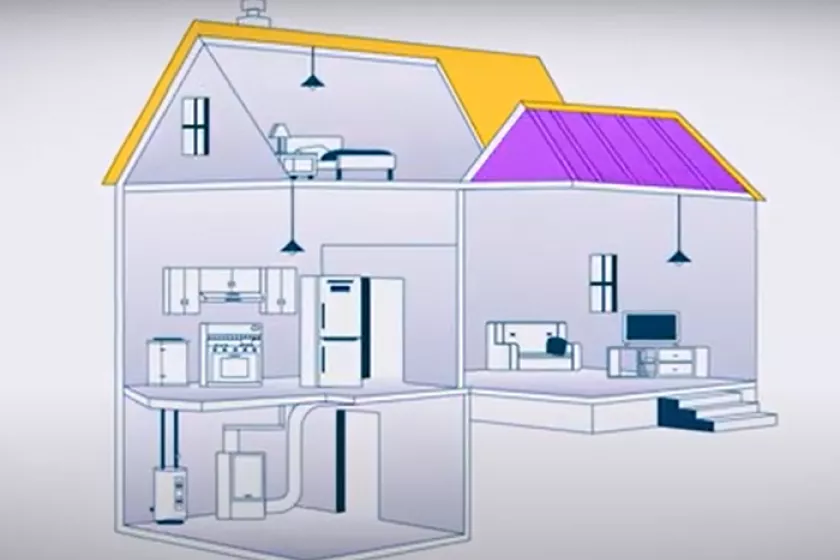Weatherization refers to protecting a building from weather elements. For your home, this means making upgrades and improvements that will save energy and make your space more comfortable. That can include air sealing around doors and windows, upgrading insulation in exterior walls and attics, or repairing furnaces and boilers. Weatherization services can decrease energy costs by up to 30%!
The Weatherization Assistance Program provides free home energy upgrades to income-eligible homeowners and renters to help save energy and make homes healthy and safe places to live.
Weatherization works closely with the Energy Assistance Program to help permanently reduce the energy bills for low-income Minnesotans.




